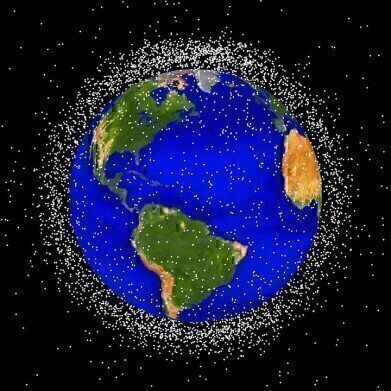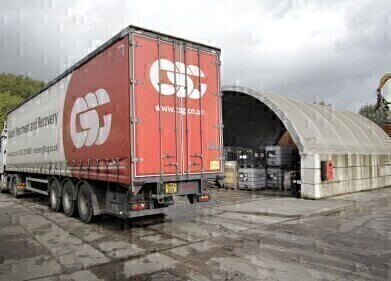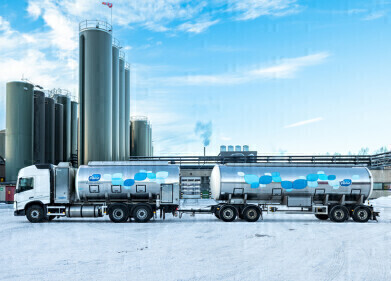Hazardous Waste
What is Space Pollution?
Apr 04 2017
There’s a disturbingly familiar pattern with regard to mankind’s behaviour here on Earth and further afield. First comes discovery, then comes conquest, then follows contamination, and finally we engage in a desperate scramble for sanitisation, as we seek to undo all the damage wrought by our mindless pursuit of the previous three steps.
We’ve seen it happen at ground level, as bioremediation of contaminated soil continues to confound scientists and conservationists are constantly struggling to pinpoint the best way to clean up flooded lakes and reservoirs. We’ve seen it happen in the air we breathe, with more people dying from air pollution than HIV or malaria every year. And now we’re seeing it happen in space, as well.
An ever-worsening problem
Ever since the launch of Sputnik I, the first artificial satellite in space around 60 years ago, humankind has left behind a significant amount of waste in its relentless pursuit of extra-terrestrial knowledge. Robotics professor and chief of Australian intergalactic clean-up company Saber Aeronautics Jason Held has likened the problem to air travel, claiming it has gotten far worse over time and looks set to continue to do so for the foreseeable future.
“If you think of the early days of aviation you didn’t need air traffic control. It took a few plane accidents before air traffic control was put in place,” he explained. “People are now starting to see congestion up in space, and if a satellite is up there and it deactivates for some reason while up there and you can’t move it, you have a giant bullet flying around at 8 kilometres per second.”
Indeed, the International Space Station (ISS) is forced to take evasive action at least twice every year to avoid a potentially disastrous collision with disused junk floating around in the Earth’s orbit. What’s more, every crash (no matter how small) results in the creation of countless pieces of debris, which in turn pose threats for potential crashes of their own, creating an interstellar snowball effect.
Trouble at home and in space
This network of intergalactic refuse doesn’t just represent a logistical concern, either, but also an economic one. There are satellites in use worth billions of pounds upon which we rely for our day-to-day communication, transportation and business operation – on any given day, a failure of such hardware brought about by a space collision could bring whole populations to a standstill.
The monetary impact this would have on the economy should not be underestimated. That’s why people like Held are stressing the importance of addressing the monumental amounts of garbage in our orbit. His company has devised a technology capable of drawing the trash back towards the Earth’s atmosphere, where it will burn up and cease to be a threat.
Meanwhile, another Australian aerospace technology company Electro Optic Systems is also looking to address the problem through the use of high-powered lasers. It’s hoped that the lasers can be used to push debris out of the orbital route of functioning satellites to avoid collisions, and that eventually the lasers can be used to destroy the debris altogether.
As yet, however, such projects are underdeveloped and underfunded. For the world to take its interstellar pollution problem seriously, its world leaders must recognise the urgency of the issue.
Events
IWA World Water Congress & Exhibition
Aug 11 2024 Toronto, Canada
Aug 25 2024 Stockholm, Sweden and online
Sep 03 2024 Mexico City, Mexico
Sep 03 2024 Mexico City, Mexico
Sep 03 2024 San Diego, CA, USA














